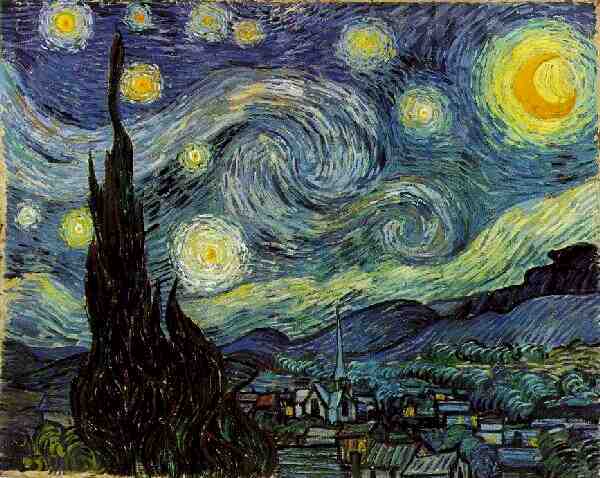 Any piece of art belongs to two entities: the artist and the consumer of the art. When I say “belongs to” I’m not referring to the actual act of physical possession but instead the incorporeal (cultural, intellectual, spiritual, temporal, etc.) nature in which a person(s), by relating to the art in a significant way, makes it their own. For example, the song a couple hears on the radio during their first date and later dances to at their wedding is as much their song as it is the person who wrote it or the group who performed it. To make a significant relation to a piece of art, and in that act possess it, a person will make their own interpretation as to what it signifies, represents, or means to them. Millions of people can possess a single piece of art, and each one will approach it slightly differently based on their own world view. Because our world views change over time, each person’s interpretation may also change. As such, over time there are almost infinite interpretations of any piece of art despite the fact that few of those interpretations may be close to what the artist originally intended; and they are all still correct. That is that nature of art; it is what allows a single creation to mean so much to so many people.
Any piece of art belongs to two entities: the artist and the consumer of the art. When I say “belongs to” I’m not referring to the actual act of physical possession but instead the incorporeal (cultural, intellectual, spiritual, temporal, etc.) nature in which a person(s), by relating to the art in a significant way, makes it their own. For example, the song a couple hears on the radio during their first date and later dances to at their wedding is as much their song as it is the person who wrote it or the group who performed it. To make a significant relation to a piece of art, and in that act possess it, a person will make their own interpretation as to what it signifies, represents, or means to them. Millions of people can possess a single piece of art, and each one will approach it slightly differently based on their own world view. Because our world views change over time, each person’s interpretation may also change. As such, over time there are almost infinite interpretations of any piece of art despite the fact that few of those interpretations may be close to what the artist originally intended; and they are all still correct. That is that nature of art; it is what allows a single creation to mean so much to so many people.Thank you for reading.
No comments:
Post a Comment
Love to get comments!!!